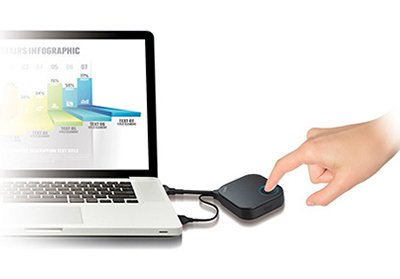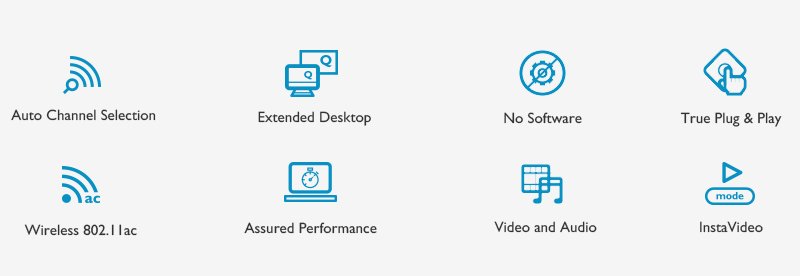Projector
Monitor
Lighting
Digital Display
Job References
This site uses cookies. By continuing to browse the site you are agreeing to our use of cookies, you can also manage preferences.
This site uses cookies. By continuing to browse the site you are agreeing to our use of cookies, you can also manage preferences.
Projector
Monitor
Lighting
Digital Display
Job References
Projector
Monitor
Lighting
Digital Display
Job References
Knowledge Center
Wireless presentation systems (WPS) are an affordable way to keep businesses from losing costs on meetings and helping to improve meeting start-up times. However, there are now several options available, which can make it very complex to determine what’s the best buy for an organization. By applying the techniques in the IT-accepted Gartner total cost of ownership (TCO) model, organizations can identify the specific costs that should be used to compare the button-type transmitter and receiver systems, such as BenQ’s InstaShow system, and Wi-Fi network hub wireless systems. From an IT perspective, there are three costs to consider: setup costs, recurring costs that are tied to labor and maintenance, and other soft costs. Based upon the time it takes internal IT staff to execute the most common tasks at a billable rate of $50 per hour, these costs can be estimated for WPSs.
Setup costs are where a large portion of TCO is spent and factors in the cost of the solution; network performance bandwidth and performance audit; baseline security standard audit; open and configuration of 13 network ports (on average), enabling encryption security and other features; deploying associated apps on user notebooks; and finally, testing and training users. Typically, Wi-Fi network hubs have more complicated installation and require careful attention, testing, and adjustment of network security settings to ensure that the network is not made vulnerable to hackers. The one-time costs associated with an entry-level Wi-Fi hub is estimated to be about $1,200 but may be more depending on the solution.

Button-style systems have a much simpler installation process, especially those that don’t require software apps to be downloaded to the notebook. In that case, the only cost associated with the setup of the system is the price of the system. BenQ’s InstaShow even allows non-PC devices such as cameras, media players, and even digital microscopes to be connected and shared to the screen, providing a cost-effective alternative to an HDMI switcher.
Organizations also have to look at identifiable annual and recurring costs. These include the costs of regularly monitoring and updating the software. Because Wi-Fi hubs are designed to live on the corporate network, recurring costs will be much higher, as much as 10% of the hardware costs, primarily due to security updates and software subscriptions that are needed to protect the network from being attacked. Only button-style systems that need software downloaded onto laptop or mobile device will have recurring costs.
Altogether, Wi-Fi systems can have a multi-year TCO of up to $3,200. BenQ’s InstaShow only has the one-time equipment costs and is available for as low as $1,000. For AV integrators and IT managers trying to get the best bang for the buck while also ensuring a friction-free presentation and collaboration experience, BenQ’s maintenance and software-free InstaShow wireless presentation system has the best TCO outlook.

Thanks for your feedback!